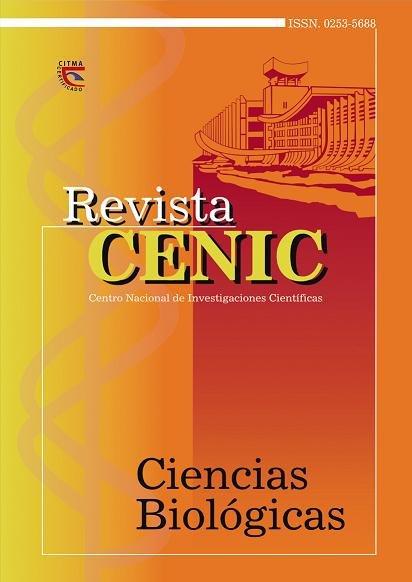Estimulación eléctrica trans-craneal en la monitorización neurofisiológica intraoperatoria. Presentación de un caso
Abstract
In general, the hospitals in Cuba lack the technology required for the intraoperative neurophysiological
monitoring (MNIO) during operations that concern the nervous system. Especially during the MNIO spine surgery is
highly demanded. With the development of new software: Neuronic Intraoperative Neurophysiological Monitoring by
the Center Neurosciences of Cuba, which runs on the Neuronica 5 allowed to synchronize the trans-cranial electrical stimulator
Digitimer D185 purchased this year. Through the presentation of a case report documenting the motor evoked
potentials recorded in Cuba for the first time. In this case, obtained during the MNIO in a patient undergoing surgery
for the diagnosis of tethered cord syndrome. The whole record motor evoked potentials, electromyography continuous
and somatosensory evoked potential allowed the MNIO multimodal, making it possible to evaluate and motor and somesthetic
pathways, and thus provide immediate feedback to the neurosurgeon about possible damage that may occur
during surgery. With the development of portable computers and software packages for MNIO may electrodiagnostic
techniques can be recorded with increasing quality in operating rooms, as was possible with the new software package:
Neuronic Intraoperative Neurophysiological Monitoring runs on the computer Neuronica 5 used in this work to evoke
the PEM-ce using the Digitimer D185 stimulator.
Downloads

Downloads
Published
How to Cite
Issue
Section
License

This work is licensed under a Creative Commons Attribution-NonCommercial-ShareAlike 4.0 International License.
Los autores que publican en esta revista están de acuerdo con los siguientes términos:
Los autores conservan los derechos de autor y garantizan a la revista el derecho de ser la primera publicación del trabajo al igual que licenciado bajo una Creative Commons Atribución-NoComercial-CompartirIgual 4.0 Internacional que permite a otros compartir el trabajo con un reconocimiento de la autoría del trabajo y la publicación inicial en esta revista.
Los autores pueden establecer por separado acuerdos adicionales para la distribución no exclusiva de la versión de la obra publicada en la revista (por ejemplo, situarlo en un repositorio institucional o publicarlo en un libro), con un reconocimiento de su publicación inicial en esta revista.
Se permite y se anima a los autores a difundir sus trabajos electrónicamente (por ejemplo, en repositorios institucionales o en su propio sitio web) antes y durante el proceso de envío, ya que puede dar lugar a intercambios productivos, así como a una citación más temprana y mayor de los trabajos publicados (Véase The Effect of Open Access) (en inglés).














